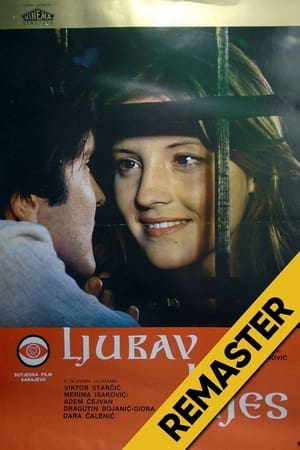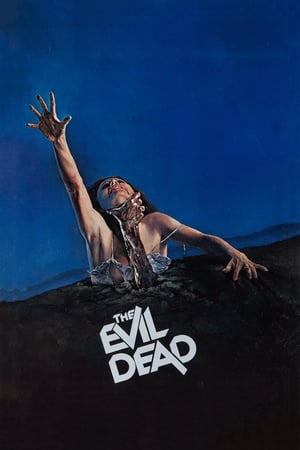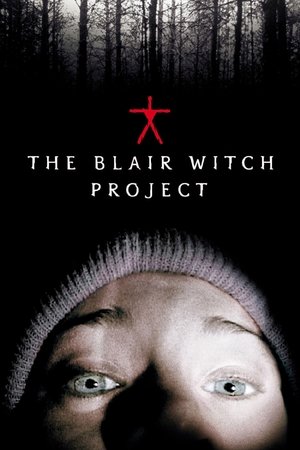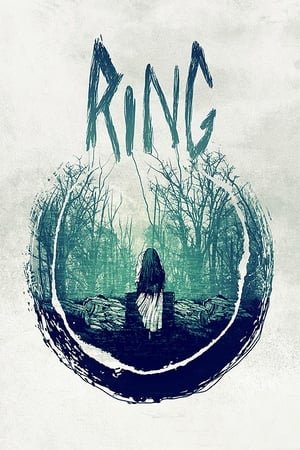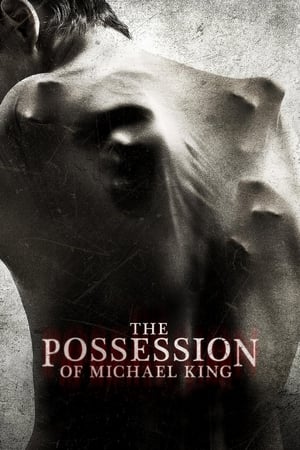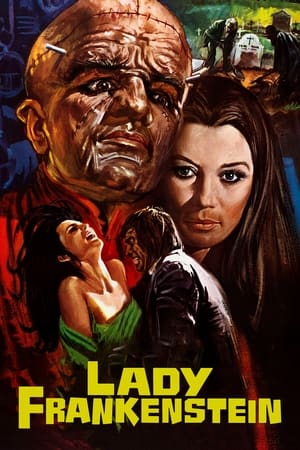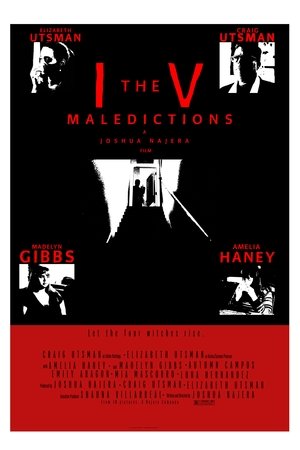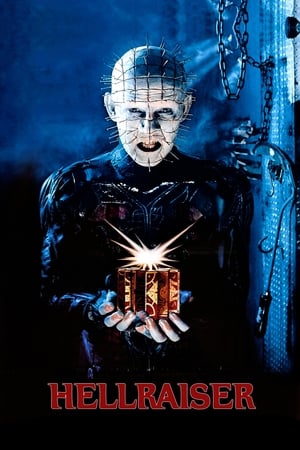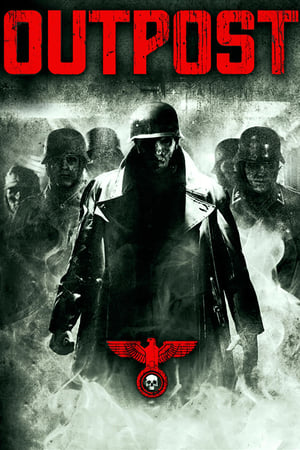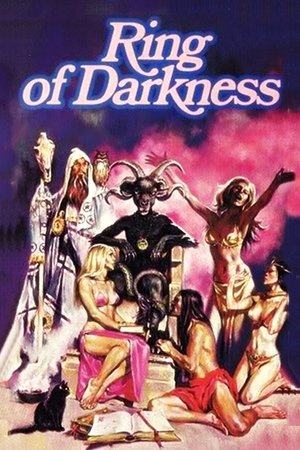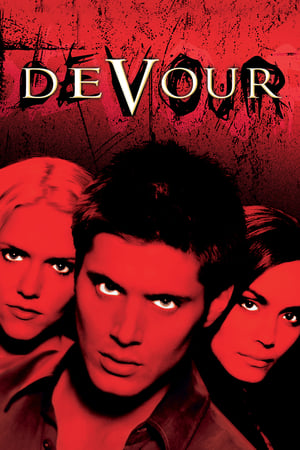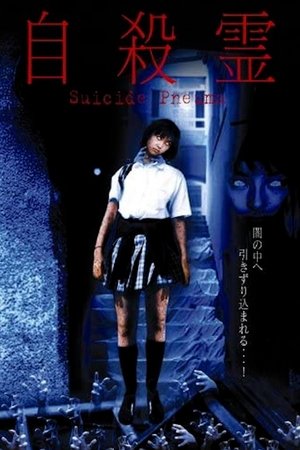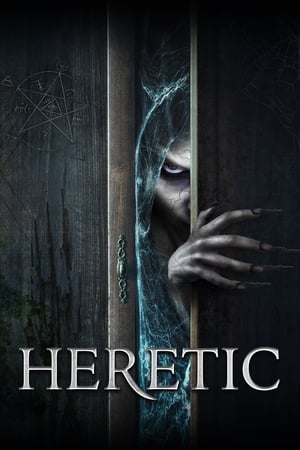Overview
After Lori suffers a stillbirth, her husband Frank obtains a job with a northern California toy company. Frank's new boss, the mysterious Mr. Cato, explains that Frank's position will involve magic. Cato, who seemingly holds enormous influence over the town, pursues the power of necromancy and believes that Lori holds the key that will help him resurrect his own dead son.
Reviews
_**Occult-oriented flick starring Pamela Franklin and Orson Welles**_
A young couple from Los Angeles (Pamela Franklin & Michael Ontkean) gets an offer they can’t refuse and move to a town several hours up north. But why does the dubious mogul of the exclusive community (Orson Welles) want them so bad? Something sinister is going on.
"Necromancy" was made in 1970, but not released until 1972 (although copyrighted 1971). It combines elements of “Carnival of Souls” (1962), “Rosemary’s Baby” (1968) and “The Devil Rides Out” (1968); plus it would influence the future “Satan’s School for Girls” (1973).
In some ways it’s better than those films and in others worse. For one thing, the editing is sometimes off-kilter or inconsistent, especially in the first half, which I don’t know if it was done intentionally or if it’s simply sloppy filmmaking. A good example is the girl’s lighthearted disposition in the car after just being involved in an accident and witnessing firsthand an unconscious person burning alive.
Due to Welles’ involvement, the flick was reissued in 1983 under the title “The Witching” with added scenes of full frontal nudity during a ritual featuring Brinke Stevens, plus other changes and a tacked-on ending.
I’ve seen Pamela Franklin in about six films and she easily looks her best here with a full brunette mane. She was 20 during shooting and would meet her near-future husband on set, the young doctor played by Harvey Jason. They remain married today, over fifty years later.
Pamela didn’t speak well of working with Welles, who obviously took the gig for easy cash (and tries unsuccessfully to hide behind a prosthetic nose and fake beard). She said he was dismissive of other actors, summing up her feelings with: “He was not a nice person.” By contrast, she worked with Marlon Brando two years earlier on “The Night of the Following Day” and said he treated everyone equal.
Director Bert I. Gordon (known for 1965’s entertaining “Village of the Giants”) was concerned that he’d have serious issues with Welles when his secretary informed him that he didn’t work before 10:00 or after 4:00. So Gordon assuaged Welles with a decadent chef and all his preferred foods & drinks; thus the imposing thespian was quite agreeable, yet this didn’t eliminate Pamela’s criticisms.
The flick scores well in the feminine department. Besides Franklin in her prime, there’s Lee Purcell, who was 23 during shooting, and petite redhead Sue Bernard, best known for her role as the winsome bikini girl in “Faster, Pussycat! Kill! Kill!” (1965).
The movie runs 1 hour, 23 minutes, and was shot at Los Gatos, California, which is about 35 miles southeast of San Francisco; as well as Samuel Goldwyn Studios in Hollywood.
GRADE: B-/C+

 82 min
82 min
 4.4
4.4
 1972
1972
 USA
USA
 Wuchak wrote:
Wuchak wrote: